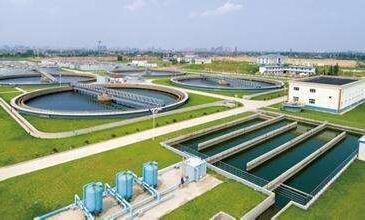 Drying Technology
Drying Technology
Keywords: chemical sludge、 sewage treatment
Sewage treatment (or domestic wastewater treatment, municipal wastewater treatment) is a type of wastewater treatment which aims to remove contaminants from sewage to produce an effluent that is suitable for discharge to the surrounding environment or an intended reuse application, thereby preventing water pollution from raw sewage discharges. Sewage contains wastewater from households and businesses and possibly pre-treated industrial wastewater.

There are a high number of sewage treatment processes to choose from. These can range from decentralized systems (including on-site treatment systems) to large centralized systems involving a network of pipes and pump stations (called sewerage) which convey the sewage to a treatment plant. For cities that have a combined sewer, the sewers will also carry urban runoff (storm water) to the sewage treatment plant. Sewage treatment often involves two main stages, called primary and secondary treatment, while advanced treatment also incorporates a tertiary treatment stage with polishing processes and nutrient removal. Secondary treatment can reduce organic matter (measured as biological oxygen demand) from sewage, using aerobic or anaerobic biological processes.
A large number of sewage treatment technologies have been developed, mostly using biological treatment processes. Engineers and decision makers need to take into account technical and economical criteria, as well as quantitative and qualitative aspects of each alternative when choosing a suitable technology. Often, the main criteria for selection are: desired effluent quality, expected construction and operating costs, availability of land, energy requirements and sustainability aspects. In developing countries and in rural areas with low population densities, sewage is often treated by various on-site sanitation systems and not conveyed in sewers.
These systems include septic tanks connected to drain fields, on-site sewage systems (OSS), vermifilter systems and many more. On the other hand, advanced and relatively expensive sewage treatment plants in cities that can afford them may include tertiary treatment with disinfection and possibly even a fourth treatment stage to remove micro pollutants.
At the global level, an estimated 52% of sewage is treated.However, sewage treatment rates are highly unequal for different countries around the world. For example, while high-income countries treat approximately 74% of their sewage, developing countries treat an average of just 4.2%.
The treatment of sewage is part of the field of sanitation. Sanitation also includes the management of human waste and solid waste as well as stormwater (drainage) management. The term "sewage treatment plant" is often used interchangeably with the term "wastewater treatment plant".
The article copy from"https://en.wikipedia.org/wiki/Sewage_treatment"